 You may not have heard of zymology, but you have most certainly seen the results of its research. Zymology is the study of how sugar, yeast and water transform into alcohol. While that may sound like something that college fraternities have been researching informally for years, it is actually a real and rigorous branch of science. The first zymologist was Louis Pasteur, inventor of the vaccine. It was he who discovered the link between yeast and fermentation. Eduard Buchner, the 1907 Nobel Prize winner in chemistry, was also a zymologist, who further illuminated the biological processes of fermentation. In fact, the search for a better understanding of beer laid the foundation for what later became known as molecular biology.
You may not have heard of zymology, but you have most certainly seen the results of its research. Zymology is the study of how sugar, yeast and water transform into alcohol. While that may sound like something that college fraternities have been researching informally for years, it is actually a real and rigorous branch of science. The first zymologist was Louis Pasteur, inventor of the vaccine. It was he who discovered the link between yeast and fermentation. Eduard Buchner, the 1907 Nobel Prize winner in chemistry, was also a zymologist, who further illuminated the biological processes of fermentation. In fact, the search for a better understanding of beer laid the foundation for what later became known as molecular biology.
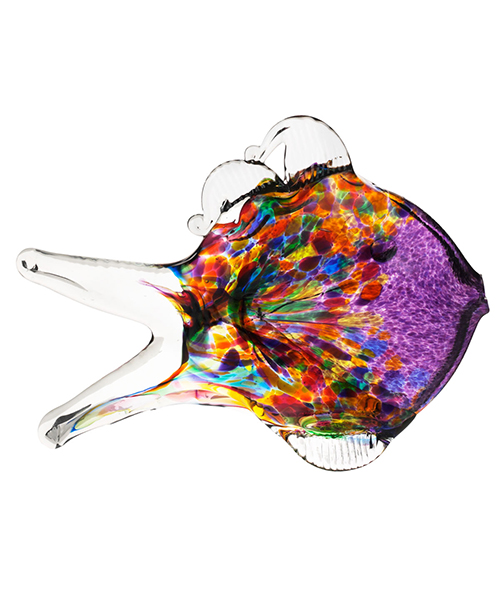 Depends on how you define colorful. If you mean “can see the greatest variety of color,” then the winner would have to be the peacock mantis shrimp. All of the colors a human eye can see come from just three kinds of color-receptive cells in the back of our eyes. The peacock mantis shrimp, in comparison, has sixteen kinds of color receptors, enabling it to see colors we can’t even imagine. If you mean “what animal displays the most color,” the answer again might be the peacock mantis shrimp, which shimmers with a rainbow of neon hues. But if you mean “colorful,” is in having interesting adventures—again, it’s the shrimp. Its fabulous fashion sense is only a cover for some ninja-worthy predatory skills. It attacks its prey with club-like appendages that it can move at the speed of a .22 caliber bullet, creating an underwater shockwave so powerful that it causes bubbles to emit tiny bursts of light. Brilliant.
Depends on how you define colorful. If you mean “can see the greatest variety of color,” then the winner would have to be the peacock mantis shrimp. All of the colors a human eye can see come from just three kinds of color-receptive cells in the back of our eyes. The peacock mantis shrimp, in comparison, has sixteen kinds of color receptors, enabling it to see colors we can’t even imagine. If you mean “what animal displays the most color,” the answer again might be the peacock mantis shrimp, which shimmers with a rainbow of neon hues. But if you mean “colorful,” is in having interesting adventures—again, it’s the shrimp. Its fabulous fashion sense is only a cover for some ninja-worthy predatory skills. It attacks its prey with club-like appendages that it can move at the speed of a .22 caliber bullet, creating an underwater shockwave so powerful that it causes bubbles to emit tiny bursts of light. Brilliant.
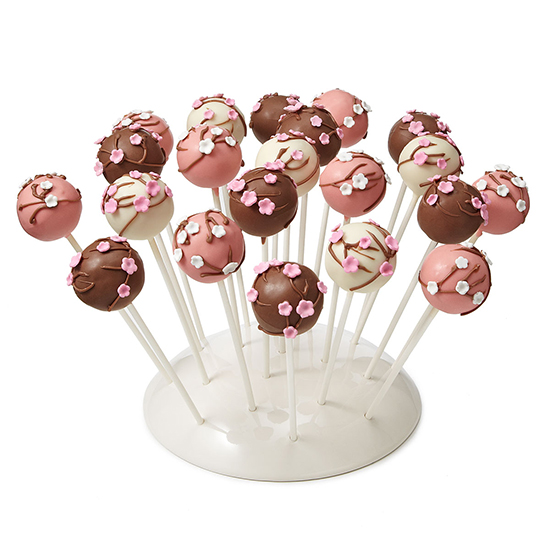 Those hilarious videos you’ve seen online, where hapless newlyweds accidentally topple their towering wedding cakes, are actually right in line with a centuries-old tradition. Before wedding cakes as we know them were developed, a tradition in medieval England was to celebrate a marriage with a towering pile of sweetened buns. The bread was heaped high on the table, and if the couple could reach across for a kiss without knocking any over, they were said to be guaranteed a life of happiness together. It seems likely that the guests would leave the stack just short enough for the bride and groom to succeed—and yet, the entertainment value of seeing it fall must have been a sore temptation. So, perhaps all of these collapsing confections in the videos are not accidents, but exactly what the wedding cake was originally designed to do.
Those hilarious videos you’ve seen online, where hapless newlyweds accidentally topple their towering wedding cakes, are actually right in line with a centuries-old tradition. Before wedding cakes as we know them were developed, a tradition in medieval England was to celebrate a marriage with a towering pile of sweetened buns. The bread was heaped high on the table, and if the couple could reach across for a kiss without knocking any over, they were said to be guaranteed a life of happiness together. It seems likely that the guests would leave the stack just short enough for the bride and groom to succeed—and yet, the entertainment value of seeing it fall must have been a sore temptation. So, perhaps all of these collapsing confections in the videos are not accidents, but exactly what the wedding cake was originally designed to do.
For more great wedding tips and advice, visit Wedding Week on our blog!
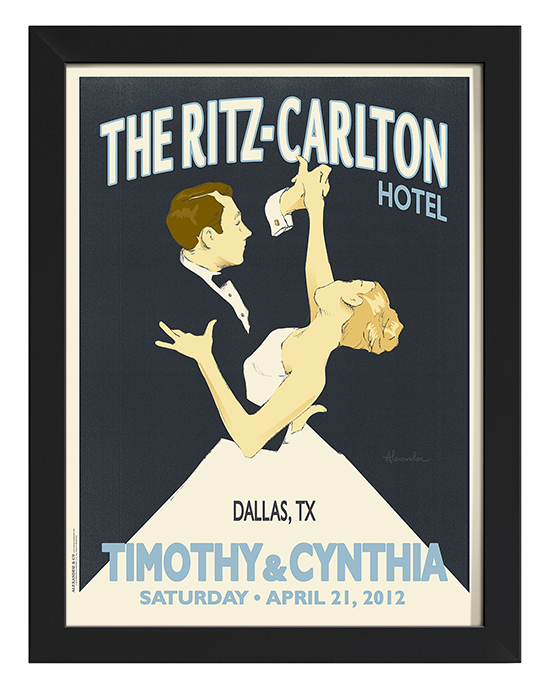 It seems so obvious that the color white symbolizes purity and innocence. And yet, for centuries it was the color blue that carried that meaning. White, on the other hand, historically represented mourning in France, while black was a popular color for wedding dresses in Scandinavia. Wedding dresses, in general, were meant to show off the affluence of a bride’s family, and were made in the richest materials available, in any color imaginable. So how did the white wedding dress become near-universal? It dates back to Queen Victoria of England, who married in 1840. Victoria was fond of intricate, English-made lacework, and commissioned a white wedding dress in order to highlight it. This fashion innovation was featured widely in the press, and the wedding was even re-enacted by the royals in 1854 so that moment could be captured and spread by the new medium of photography. Women of all classes quickly followed suit, and it was not long before white was hailed as the must-have color for brides.
It seems so obvious that the color white symbolizes purity and innocence. And yet, for centuries it was the color blue that carried that meaning. White, on the other hand, historically represented mourning in France, while black was a popular color for wedding dresses in Scandinavia. Wedding dresses, in general, were meant to show off the affluence of a bride’s family, and were made in the richest materials available, in any color imaginable. So how did the white wedding dress become near-universal? It dates back to Queen Victoria of England, who married in 1840. Victoria was fond of intricate, English-made lacework, and commissioned a white wedding dress in order to highlight it. This fashion innovation was featured widely in the press, and the wedding was even re-enacted by the royals in 1854 so that moment could be captured and spread by the new medium of photography. Women of all classes quickly followed suit, and it was not long before white was hailed as the must-have color for brides.
Wedding Waltz Personalized Art, $300
For more great wedding tips and advice, visit Wedding Week on our blog!
 Probably not. “Ordinary bicycle” is an example of a retronym, or name that is given to something only after a new version appears. For example, before color television was invented, there was no such thing as a black-and-white TV. It was just TV. The same is true for landline telephones, or straight-edge razors. The term “ordinary bicycle” actually refers to the quaint, 19th century model with the giant front wheel and the tiny back wheel. It was given that name after the appearance of the “safety bicycle,” which is essentially the same version we pedal around on today. The safety bike quickly became so popular, however, that the ordinary bike was no longer ordinary and was given a different name altogether. Today they’re best known as penny-farthings, named after two British coins of very different sizes.
Probably not. “Ordinary bicycle” is an example of a retronym, or name that is given to something only after a new version appears. For example, before color television was invented, there was no such thing as a black-and-white TV. It was just TV. The same is true for landline telephones, or straight-edge razors. The term “ordinary bicycle” actually refers to the quaint, 19th century model with the giant front wheel and the tiny back wheel. It was given that name after the appearance of the “safety bicycle,” which is essentially the same version we pedal around on today. The safety bike quickly became so popular, however, that the ordinary bike was no longer ordinary and was given a different name altogether. Today they’re best known as penny-farthings, named after two British coins of very different sizes.
Uncommon Knowledge: In which Presidential election did not all states vote?
May 13, 2013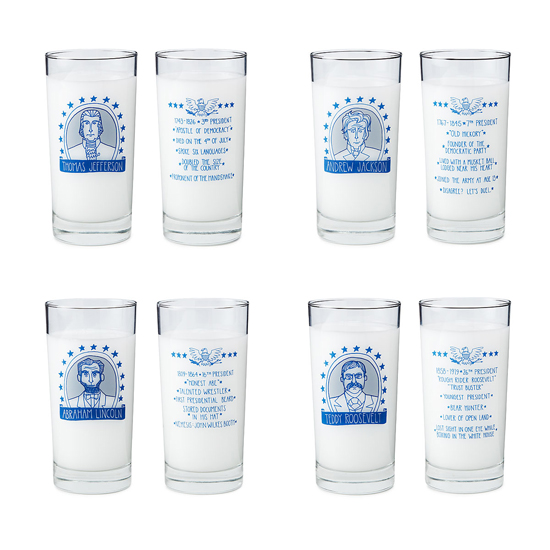 George Washington may be the father of our country, but not every state participated in making him our first Presidential. In the 1789 election, New York, North Carolina and Rhode Island did not cast their votes—a full 23% of the original colonies. Their reasons for not joining in the newly established democratic process were not as a protest against the candidate—Washington was a widely beloved leader. New York’s legislature was tasked with choosing its electors, but they were deadlocked in debate and ended up sending no one. Both North Carolina and Rhode Island had not yet ratified the new United States Constitution, and were therefore not eligible to participate.
George Washington may be the father of our country, but not every state participated in making him our first Presidential. In the 1789 election, New York, North Carolina and Rhode Island did not cast their votes—a full 23% of the original colonies. Their reasons for not joining in the newly established democratic process were not as a protest against the candidate—Washington was a widely beloved leader. New York’s legislature was tasked with choosing its electors, but they were deadlocked in debate and ended up sending no one. Both North Carolina and Rhode Island had not yet ratified the new United States Constitution, and were therefore not eligible to participate.
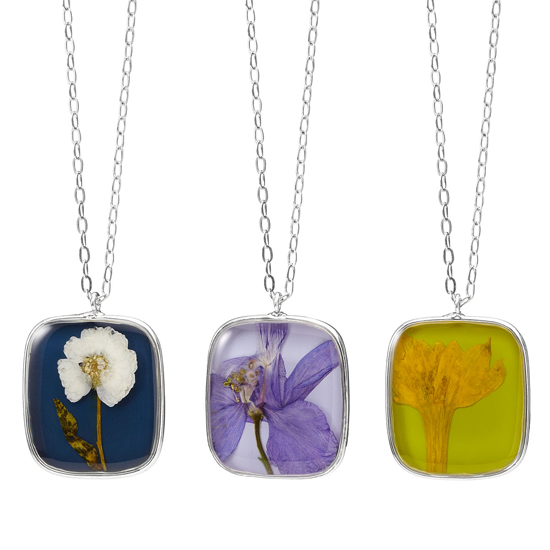 Is your nosegay sweet and sentimental? Seeking for glory? Or out for revenge? And why such a strange name for a seemingly innocent little bouquet of flowers? The word originated in the 15th century, when the term “gay” meant “ornament.” So a nosegay is a decoration designed to appeal to the nose as much as the eyes. The Victorians, however, were ready to sniff out all kinds of meaning from their bouquets. Each flower had its own meaning, and could be combined into elaborate, symbolic messages. We still accept that a red rose means “passion” or “romance,” but you could also use amaranth for “eternal love,” jasmine for “unconditional love,” and jonquil as a cry of unrequited love. Not all nosegays were romantic, however. Asphodel signaled regret, begonia was a warning, and red clover symbolized an industrious nature. Wishing to end a relationship? Present your companion with a bouquet of “cold-hearted” lettuce.
Is your nosegay sweet and sentimental? Seeking for glory? Or out for revenge? And why such a strange name for a seemingly innocent little bouquet of flowers? The word originated in the 15th century, when the term “gay” meant “ornament.” So a nosegay is a decoration designed to appeal to the nose as much as the eyes. The Victorians, however, were ready to sniff out all kinds of meaning from their bouquets. Each flower had its own meaning, and could be combined into elaborate, symbolic messages. We still accept that a red rose means “passion” or “romance,” but you could also use amaranth for “eternal love,” jasmine for “unconditional love,” and jonquil as a cry of unrequited love. Not all nosegays were romantic, however. Asphodel signaled regret, begonia was a warning, and red clover symbolized an industrious nature. Wishing to end a relationship? Present your companion with a bouquet of “cold-hearted” lettuce.
 Parents may give a name to their new baby, but it’s those babies who gave us the name “mom.” While the babbling of a little one may sound like nonsense, it actually represents a child’s first steps toward learning language. Those first sounds typically take the shape of a consonant followed by a vowel, with the short A sound being one of the easiest vowels to form. Babies will begin with the consonants they can make with their lips (M, B, P), followed by those made with their tongue (D, T, L, N). So, if Mama, Papa and Dada are naturally formed as part of an infant’s linguistic experimentation, why is it that it Mom gets her name specifically, rather than one of the other two? Perhaps it’s because M is the only consonant sound that can be made while nursing. At any rate, Mothers have some version of the M+vowel combination as a name in nearly every language: Mommy, Mama, Maman, Oma, Em, Mutti, Mare, Maty, etc.
Parents may give a name to their new baby, but it’s those babies who gave us the name “mom.” While the babbling of a little one may sound like nonsense, it actually represents a child’s first steps toward learning language. Those first sounds typically take the shape of a consonant followed by a vowel, with the short A sound being one of the easiest vowels to form. Babies will begin with the consonants they can make with their lips (M, B, P), followed by those made with their tongue (D, T, L, N). So, if Mama, Papa and Dada are naturally formed as part of an infant’s linguistic experimentation, why is it that it Mom gets her name specifically, rather than one of the other two? Perhaps it’s because M is the only consonant sound that can be made while nursing. At any rate, Mothers have some version of the M+vowel combination as a name in nearly every language: Mommy, Mama, Maman, Oma, Em, Mutti, Mare, Maty, etc.
